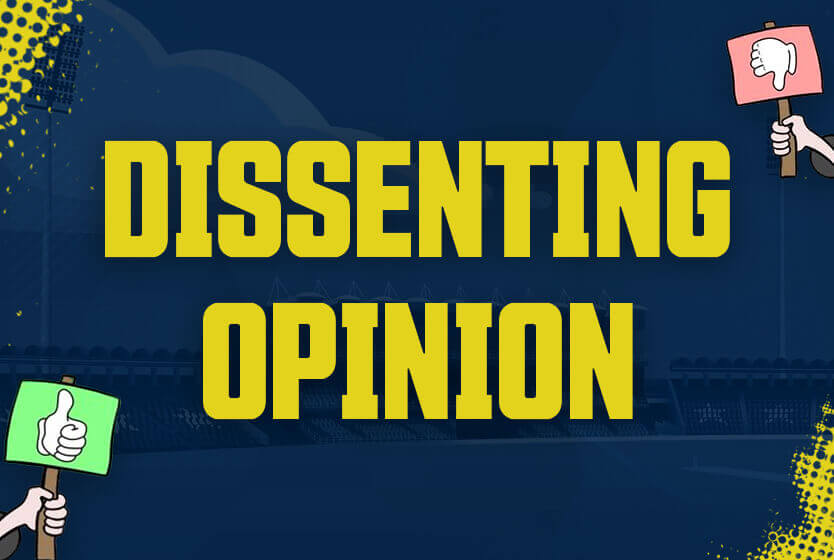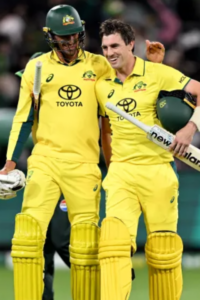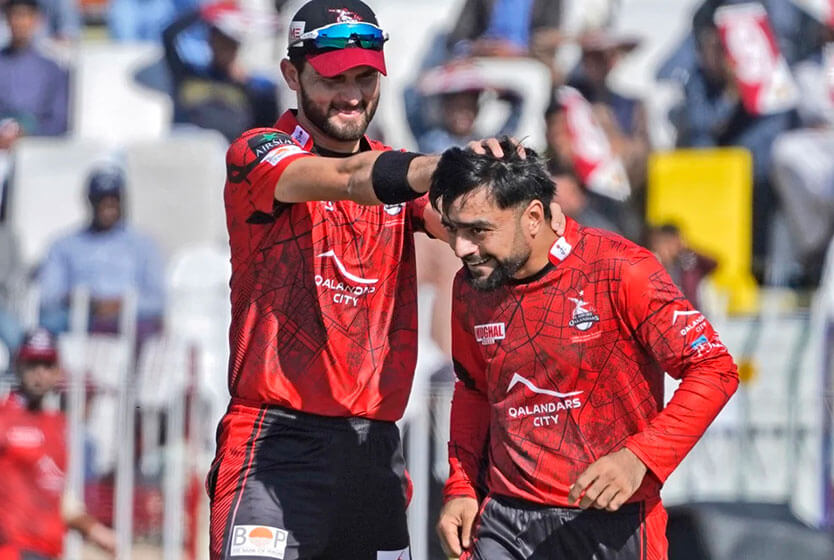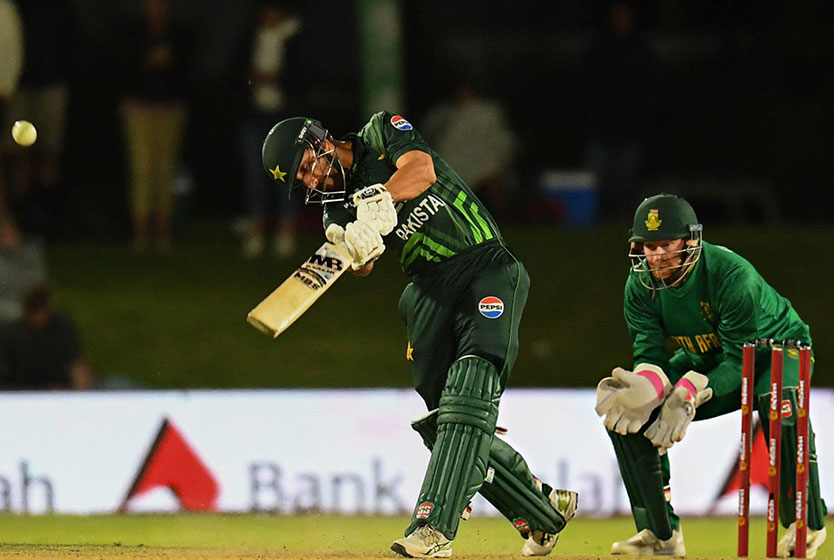
Dissenting Opinion: The Need for a Chief Cricket Officer
Dissenting Opinion: The Need for a Chief Cricket Officer
Selection is one of the biggest topics in Pakistan. In a country with 200 million selectors, it is a truly thankless job. But what if I were to tell you that the position of Chief Selector shouldn’t exist at all? That it is reductive, narrow, archaic, and inherently flawed. Thankfully, there exists an alternative course. A course that is not only popular throughout the world but also considered a best practice.
In the United States, professional sports teams hire either a General Manager or a President of Sporting (Basketball, Baseball, Football, Hockey) Operations. This individual is given the status of an Executive and a generous salary to boot. His remit is not limited to the hit-and-miss practice of selecting players. Instead, these executives focus on building a process that informs selection decisions. The foundation of this process can be found in the synthesis of qualitative and quantitative analysis.
The ingress of data and analytics means these individuals are not former players. Of the 30 teams in Major League Baseball (MLB), only 3 General Managers (10%) have played the game at the highest level. Of the 30 teams in the National Basketball Association (NBA), only 1 General Manager (3%) has played the game professionally.
James Click graduated from Yale University and wrote for Baseball Prospectus. He then started his career as an intern in the Tampa Bay Rays organization. He is now responsible for making ‘selection’ decisions for the Houston Astros. These individuals are elite practitioners of team building that develop the institutional knowledge and frameworks needed to make better selection decisions. The breadth and scope of this position is far and wide.
Along with developing institutional knowledge and decision-making frameworks, this individual is tasked with building a cricket staff (Front Office and On-Field), hiring a coach, evaluating talent, integrating data, and conducting roster construction.
For example, hiring a coach, either local or foreign, is a major decision that comes with economic implications.
When we hire a coach, are we reducing that decision to stature and nationality, or do we have a process in place informed by deep research?
In the interview process, should we ask a coaching candidate about playing formations (primary, secondary, tertiary) in all formats?
Furthermore, should we have an internal framework, rubric, and intelligent discourse about cricket formations that is informed by data and analytics?
From a qualitative perspective, can we take the best attributes of coaches in other sports (Consilient Research) to inform our framework to mitigate the risk of hiring a bad coach?
Should we include those attributes in how we not only think about the hiring process but the subject of coaching?
Questions like these are just the tip of the iceberg when it comes to understanding the job of a General Manager.
But the job doesn’t end there. Our general perception of the Chief Selector is that he picks talent. Although partially true, the selection of talent in a vacuum is not necessarily useful. Identifying talent within the construct and context of building a winning team is far more important. It ensures that we are putting those talented players in a position that amplifies their ability and ultimately lifts the performance of the collective. Only if we understand this can we, in fact, evaluate talent correctly.
Like anything, the creation and application of a talent evaluation process requires critical thinking, analysis, and research. I prefer to split this subject into several distinct processes:
- Discovery
- Identification
- Analysis
- Evaluation
- Projection
- Development (Active, Passive, Individual)
- Integration
- Organization
- Scenario Testing
- Risk Management
What does Risk Management entail? Risk Management includes the principles of behavioral finance and economics. This mitigates our human tendency and inclination to fall into the trap of behavioral biases such as recency bias, confirmation bias, and cognitive dissonance. These behavioral biases are an epidemic in our selection decisions trumping the importance of process and analysis.
Finally, it is high time that cricket moves on from the institution of selection and the role of the Chief Selector. The future lies not in player selection as a monolith but team building, where research and analysis are conducted by the best and the brightest. The first cricketing nation to realize this will rise above the perceived restrictions imposed by a lack of resources.







Leave a Reply